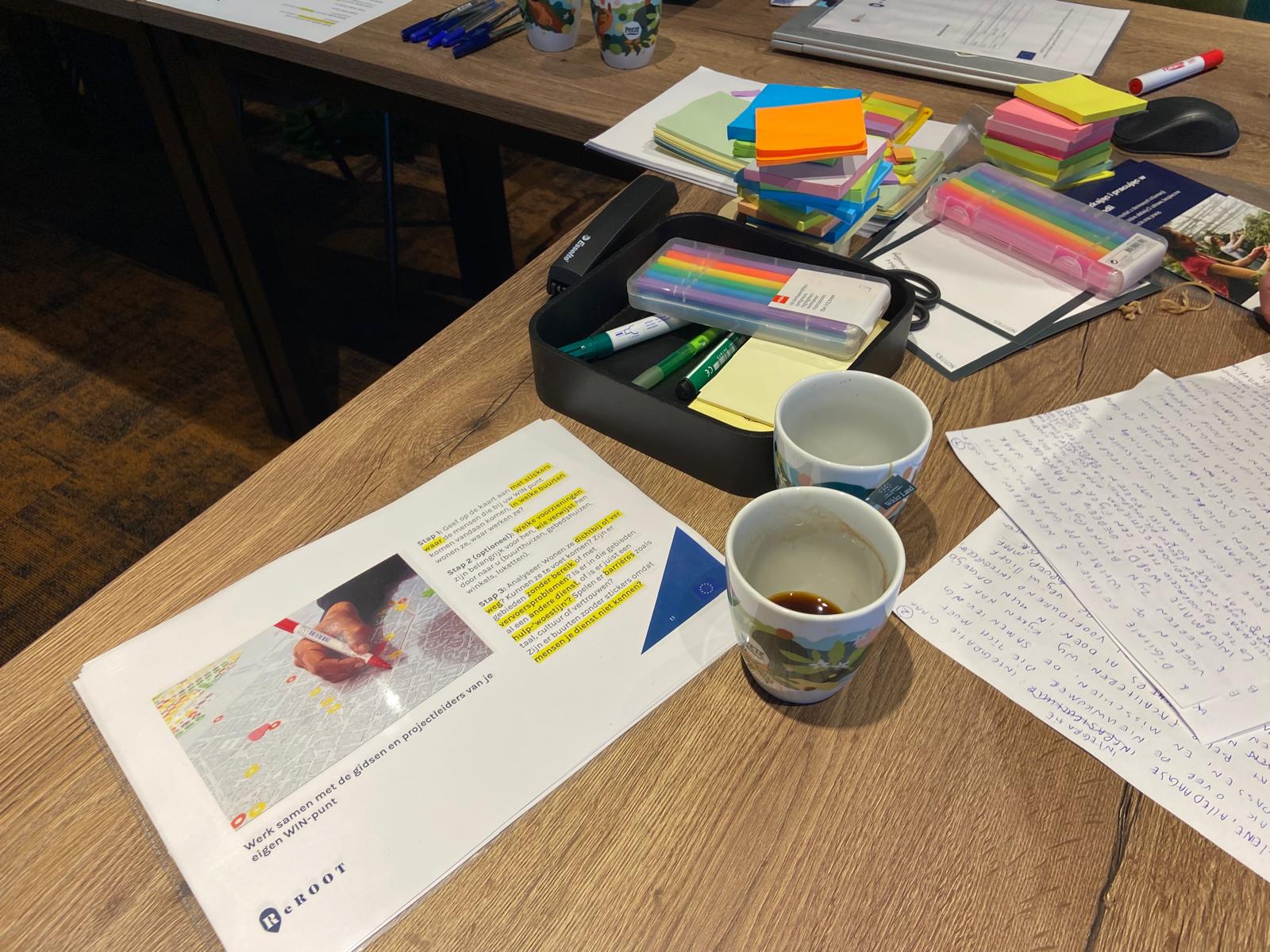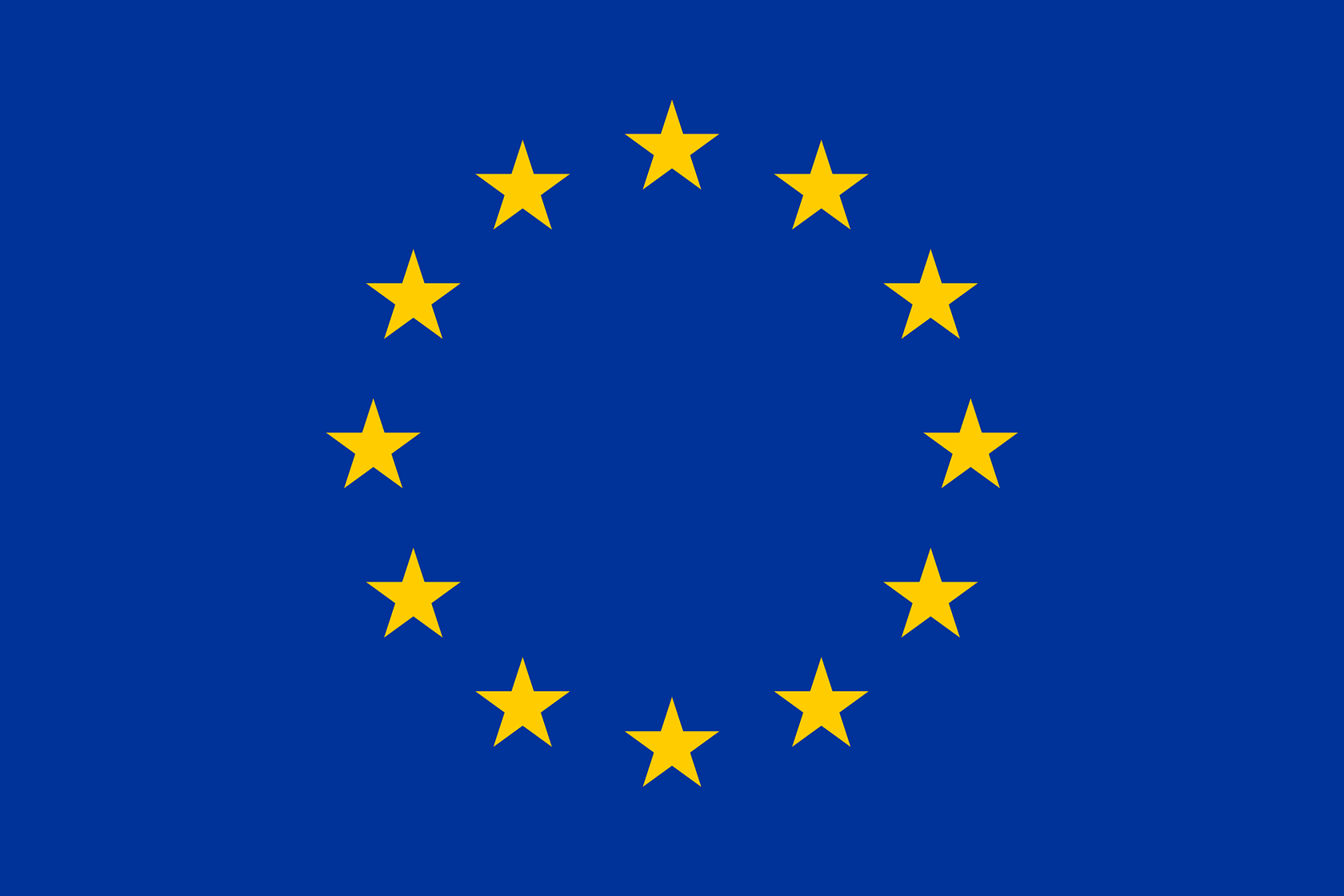On May 8th, we gathered 14 practitioners from six regions across the Netherlands at Utrecht Central Station, an important infrastructure hub of movement and connection, for a hands-on training session about WIN-points as arrival infrastructures. These practitioners, ranging from project leaders to the guides at the frontlines, are the people offering daily support to EU migrant workers navigating their arrival in the Netherlands.
While our focus was on the practical use of tools, visualising access barriers and mapping the reach of services, the morning quickly became much more. It turned into a vital moment for peer exchange. Participants shared stories, challenges, and strategies from their own unique regions, ranging from rural settings where the challenge is to connect the various spots where migrant communities work or live, to cities where homelessness is a pressing concern.
While our focus was on the practical use of tools, visualising access barriers and mapping the reach of services, the morning quickly became much more. It turned into a vital moment for peer exchange. Participants shared stories, challenges, and strategies from their own unique regions, ranging from rural settings where the challenge is to connect the various spots where migrant communities work or live, to cities where homelessness is a pressing concern.

One participant captured this energy: “A WIN-point is a spider in the web.”
That metaphor resonated with many. These points aren’t just desks or leaflets, they’re connective tissue in very dynamic arrival landscapes.
We kicked off the day with lessons from Westland, an agricultural municipality where many migrant workers work and live and where the main researcher conducted the ReROOT fieldwork. Here, informal, interpersonal and local forms of support help mitigate the structural uncertainty and temporariness migrant workers face. Then we moved into action: in small groups, participants first visualized the barriers migrant workers they try to help face when they need access to a service. Then they mapped the geographic and social reach of their own WIN-points and reflected on gaps. This exercise revealed how fragmented access can be. “Mapping our reach helps us see the bigger picture,” another participant said, gesturing toward their map covered in colorful post-its. Another one reflected on the administrative mismatch of their service with the lifeworlds of the people they help. While they are bounded by certain guidelines for their geographical needs “migrant workers don’t follow country or labour market regions.”
That metaphor resonated with many. These points aren’t just desks or leaflets, they’re connective tissue in very dynamic arrival landscapes.
We kicked off the day with lessons from Westland, an agricultural municipality where many migrant workers work and live and where the main researcher conducted the ReROOT fieldwork. Here, informal, interpersonal and local forms of support help mitigate the structural uncertainty and temporariness migrant workers face. Then we moved into action: in small groups, participants first visualized the barriers migrant workers they try to help face when they need access to a service. Then they mapped the geographic and social reach of their own WIN-points and reflected on gaps. This exercise revealed how fragmented access can be. “Mapping our reach helps us see the bigger picture,” another participant said, gesturing toward their map covered in colorful post-its. Another one reflected on the administrative mismatch of their service with the lifeworlds of the people they help. While they are bounded by certain guidelines for their geographical needs “migrant workers don’t follow country or labour market regions.”

By lunchtime, cross-regional connections had already begun. Guides from urban centers like Rotterdam connected with those from more remote regions, and ideas and pressing challenges in their everyday work were exchanged with curiosity and care.
This session wasn’t just training, it was a growing network of people who help others land, settle, and feel at home, however temporary their stay.
This session wasn’t just training, it was a growing network of people who help others land, settle, and feel at home, however temporary their stay.




